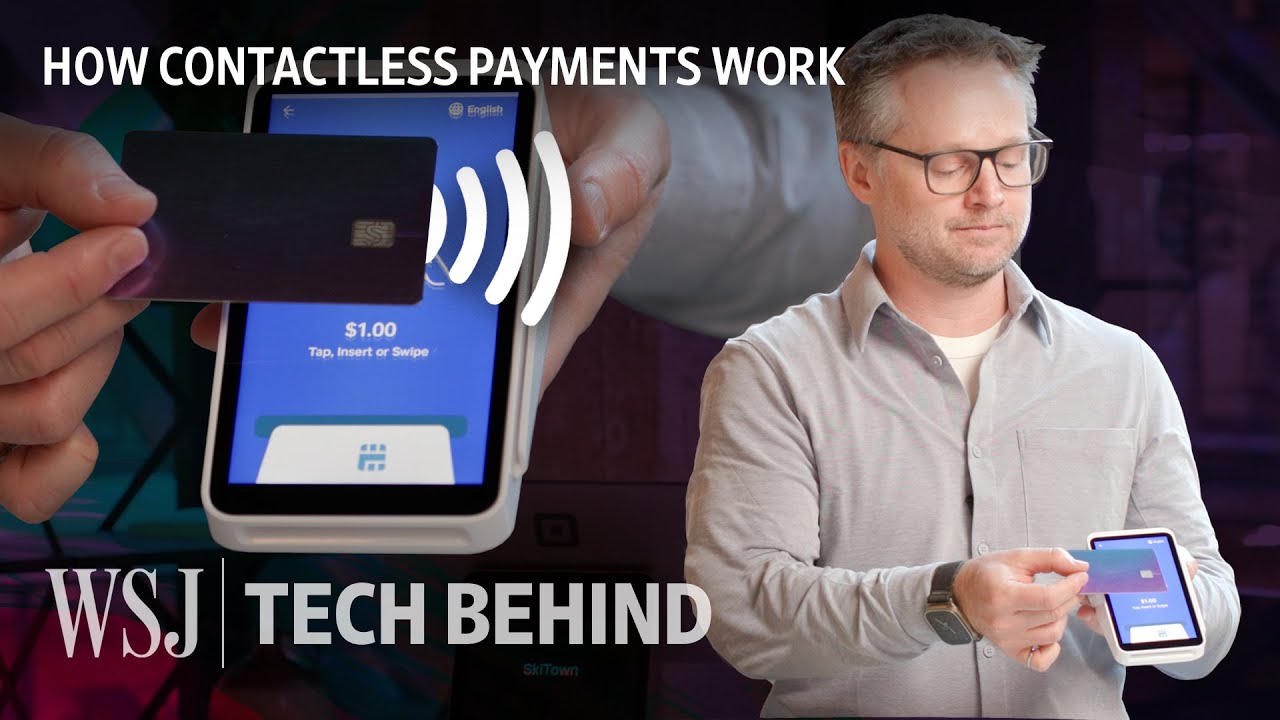In today’s fast-paced world, we all value convenience. And when it comes to payment methods, speed and security are of the utmost importance. That’s where Tap-to-Pay technology comes in. In this article, we’ll dive into the fascinating world of Tap-to-Pay transactions and explore why it took so long for this technology to gain traction in the states. -United.

The technology behind Tap-to-Pay
At the heart of tap-to-pay is a technology called Near Field Communication (NFC). NFC uses small antennas to enable wireless communication between devices. You may already be familiar with NFC technology if you’ve used it to unlock your hotel room door.
How Tap-to-Pay Works
When you tap your card or phone to make a payment, the NFC antenna on the card reader or phone hardware actively searches for a short-range NFC-enabled card or device. Once the connection is established, it requests the necessary payment information from the card.
Your credit card chip stores both static data, such as account number and expiration date, as well as a unique cryptographic code called a cryptogram. The cryptogram ensures the security of the transaction by verifying the authenticity of the card. This combination of static and cryptogram data is encrypted and sent to the main card, which then forwards it to the relevant payment networks and issuers for approval.
The advantages of Tap-to-Pay
Tap-to-pay offers several advantages over traditional chip card transactions. First, it significantly reduces transaction time by eliminating the need for multiple trips between card and reader. Second, it increases security since static data is better protected during the communication process. Additionally, Tap-to-Pay transactions are not susceptible to malware that can sometimes affect chip insertion transactions.
The journey of Tap-to-Pay in the United States
Although Tap-to-Pay technology has been widely adopted in other countries, such as the United Kingdom, its adoption in the United States has been relatively slow. The introduction of Tap-to-Pay cards in the 2000s was not widely accepted due to limited merchant support. The costly replacement of payment systems for retailers and the inherent challenge of changing consumer behavior have also contributed to the delay in adoption.
However, in recent years, the demand for contactless payments, including contactless payment, has exploded. The COVID-19 pandemic has further accelerated the adoption of this technology, with tap-to-pay transactions tripling between 2020 and 2022.
Efforts are underway to integrate contactless payment into various aspects of daily life, such as public transportation systems like the New York City subway. By integrating contactless payment into people’s daily routines, credit card companies hope to drive wider acceptance and use.
The future of Tap-to-Pay
Tap-to-pay technology continues to evolve and expand its presence. Innovations, such as using the NFC antenna in smartphones as an active connection, make it easy for even small retailers to accept card payments.
As contactless payment becomes more prevalent, its speed, security and convenience make it an increasingly attractive payment option for consumers and businesses.
So the next time you use your card or phone to make a payment in seconds, remember the complex technology behind this seamless transaction.
Note: The article was written based on the original information provided. The content has been tailored to SEO guidelines and the beginner target audience in an engaging and informative manner.

